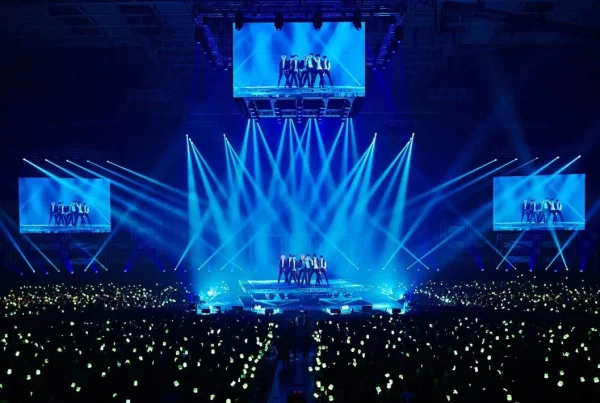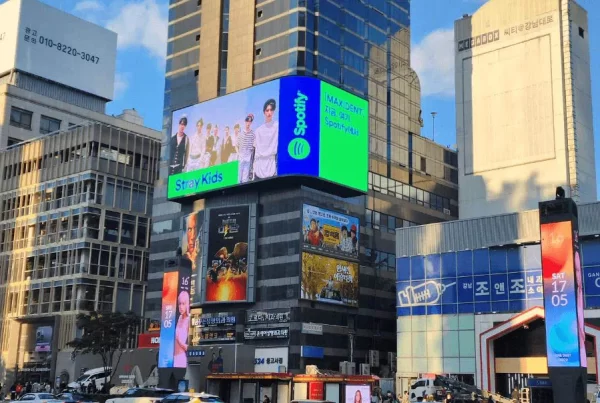Before embarking on the installation of an LED display screen, it’s crucial to address key considerations to ensure optimal performance and longevity. From planning spatial layouts to managing power consumption and addressing environmental challenges, this guide covers essential steps to guarantee a successful LED display implementation.
Spatial Planning and Module Dimensions:
- Plan the spatial layout of the venue in advance to accommodate the LED display screen seamlessly.
- Calculate dimensions for unit modules, pixel sizes, and border wrapping for a visually appealing and cohesive display.
Power Consumption Management:
- LED display screens have both average and maximum power consumption levels.
- Average power consumption, or operating power, reflects the normal power usage during regular operation.
- Maximum power consumption is crucial for extreme scenarios like startup or full brightness.
- Typically, average power consumption is around one-third of the maximum and should be considered, especially for AC-powered displays.
Safety Measures for Large Precision Devices:
- Ensure the AC 220V power input terminals for both the LED display screen and connected computers are properly grounded for safe and stable operation.
Challenges of Outdoor LED Displays:
- Outdoor LED display screens face exposure to sunlight, rain, and harsh environmental conditions.
- Wet or damp conditions can lead to short circuits, posing a potential fire risk.
- Lightning strikes and fluctuations in ambient temperature are additional challenges to address.
Specific Requirements for Outdoor LED Displays:
- Waterproofing and leakproofing between the screen body and the building are crucial.
- Implement effective drainage measures for prompt water discharge to prevent damage.
- Install lightning protection devices on both the LED display screen and the building.
- Maintain proper ventilation to dissipate heat, with axial flow fans based on the screen size and environmental conditions.
Conclusion:
Installing LED display screens requires careful consideration, particularly for outdoor setups where environmental challenges are heightened. Proper waterproofing, moisture prevention, and adherence to safety measures are essential. Regular inspections and cleaning are also critical to ensuring the long-term and smooth operation of large outdoor LED display screens. By following these guidelines, you can set the foundation for a successful and resilient LED display installation.
More related post: How to choose LED electronic display purchase guide
How to install LED outdoor screen, precautions for installing outdoor LED screen
Ensuring Signal Stability for LED Display Screens: Methods and Considerations




